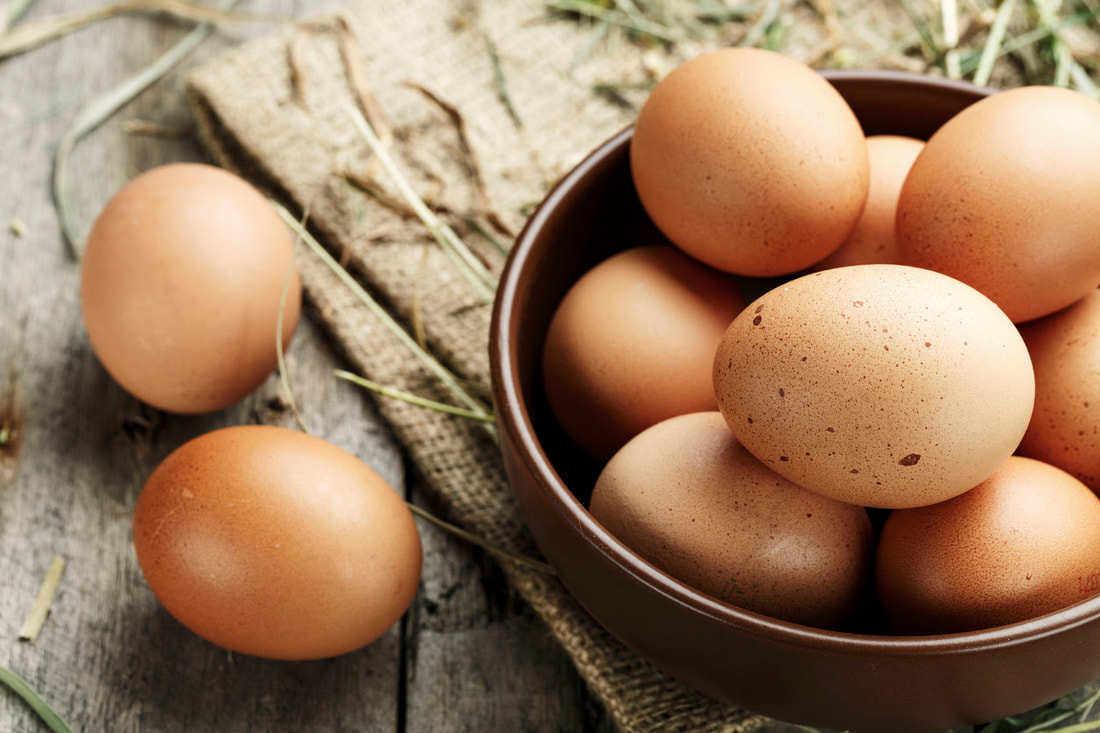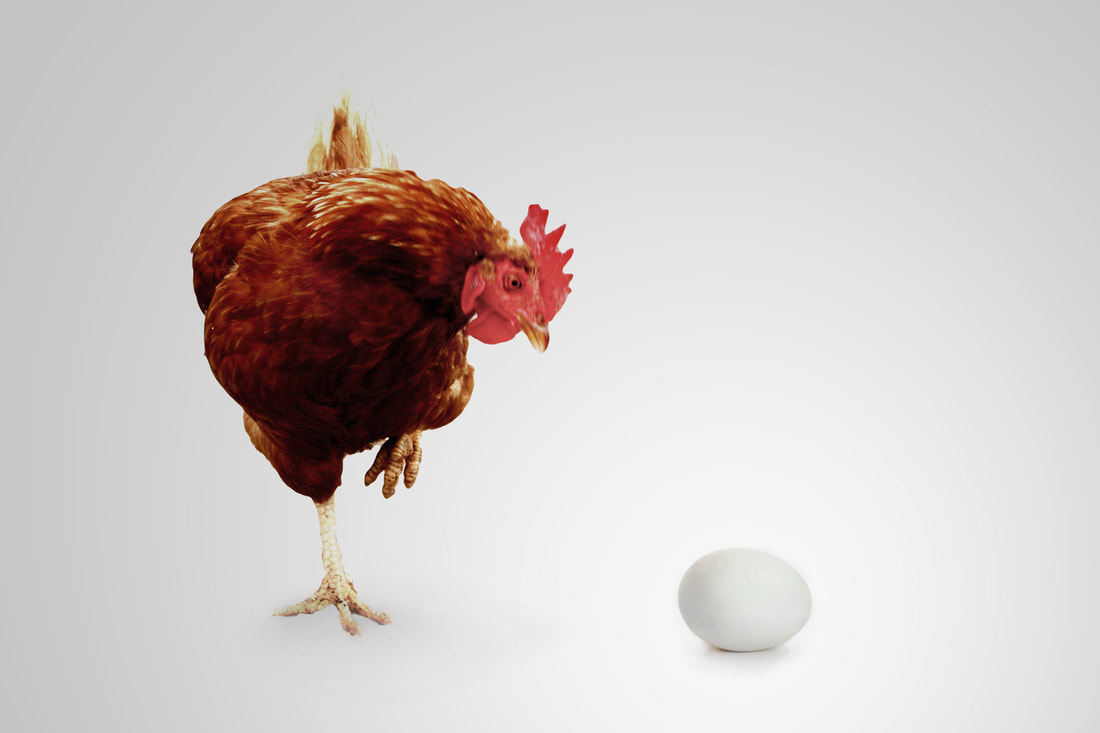|
No matter how much a backyard chicken enthusiast loves chickens, the most common reason to have a flock is for the fresh eggs. That being said, many egg layers slow down (or completely stop laying) during the winter cold months.
However, it doesn't have to be that way. Here are some tips to get eggs year-round from your chickens. Get the right type of chicken. There are many breeds of chickens and some lay better than others. Traditionally, there are meat birds, laying birds, and those who are dual-purpose (they are good egg layers and can be used for meat). The egg layers have been bred to lay eggs throughout the winter, more than meat and dual-purpose birds do. There are also breeds, such as Leghorns and Sex Links, which are bred to maximize egg production, even in the winter. Use artificial light. Most chickens require fourteen hours of daylight in order to lay eggs. Unfortunately, for most of the United States, we are looking at only nine or ten hours of daylight during the winter months. For that reason, many chicken farms add artificial light to make sure that their chickens have the required amount of daylight to continue to produce eggs during the winter. That being said, chickens need six to eight hours a night to rest and stay healthy so you can't just leave the light on all day and night long. Your best bet would be to get a timer to make sure that your chickens get enough light to keep laying, while still being able to get enough sleep at night. Maintain a healthy diet. It is important that you feed your laying hens properly to ensure good egg production. This is even more important in the winter when they can't forage for bugs and other things in their yard. Overall. The best way to keep your chickens laying in the winter is to buy chickens that are bred to be good egg-layers. These are more likely to keep laying, even as the weather gets colder. You also need to think about using artificial light. Hens need fourteen hours of light in order to lay eggs. However, you can overdo this because they also need a good night's sleep to stay healthy and productive! And as always, treat your egg layers with PopWorms! to help keep them healthy and happy!
1 Comment
Chicken eggs can sometimes seem like an enigma, but chickens go through a regular cycle and different diets and habitats can contribute to a healthier hen and eggs. Typically, we are exposed to eggs when they are broken for breakfast. Let's examine the parts of an egg and gain insight into the egg-laying process!
1. What is Egg Yolk? A hen's reproductive system is centric in the ovaries. Hens are born with two ovaries, but typically only one will remain able to produce eggs on regular basis. That egg yolk that you see in your typical egg is what is released internally from the hen's ovary and travels out of the ovary into what is called the "Oviduct". The oviduct is essentially a canal and if you have a rooster, your egg can be fertilized in this stage. 2. The White Spot on an Egg Yolk The viscous white spot on an egg yolk is actually what initiates the cells to multiply and create an embryo if your egg is fertilized. 3. Is a Rooster Necessary? No, a rooster is not necessary for a hen to produce eggs. The rooster merely aids with the fertilization of the eggs, to start the next generation of chicks! 4. What happens when the egg travels through the Oviduct? The yolk will travel through sections of the oviduct called magnum and isthmus. The magnum section is the longest section of the oviduct and is responsible for creating the clear egg white surrounding the yolk. It acts as a membrane to protect the yolk and provide an enclosed sac, to provide nutrition to a potential chick in formation. 5. How the Eggshell is formed The egg shell is produced in the uterus of a hen via a gland called the "Shell Gland" where the egg takes up salts and fluid into the protein "egg white" section of the egg called "Albumin". The ovum, or egg, stays in the shell gland from 18-26 hours depending on the hen's cycle. 6. The Vent The vent refers to the "cloaca", which is an opening present in avian species. The cloaca is where the egg is released into a nest box. After about 30 minutes, this process will repeat. Healthy Hen, Healthy Eggs! Keeping your hens healthy helps produce high-quality eggs. Here are some signs to look for when determining and enhancing the health of your hens:
And as always, remember to treat your chickens with PopWorms! to keep them healthy and happy! |
PopWorms!®
|
|
Site Map
|
Products
Dry Products
PopWorms!® ECO Popworms!® ECO Bulk PopWorms!® PRO Live Products PopWorms!® LIVE PopWorms!® Leftovers |
Shipping
Site-wide
Free Shipping Over $25 |


 RSS Feed
RSS Feed


